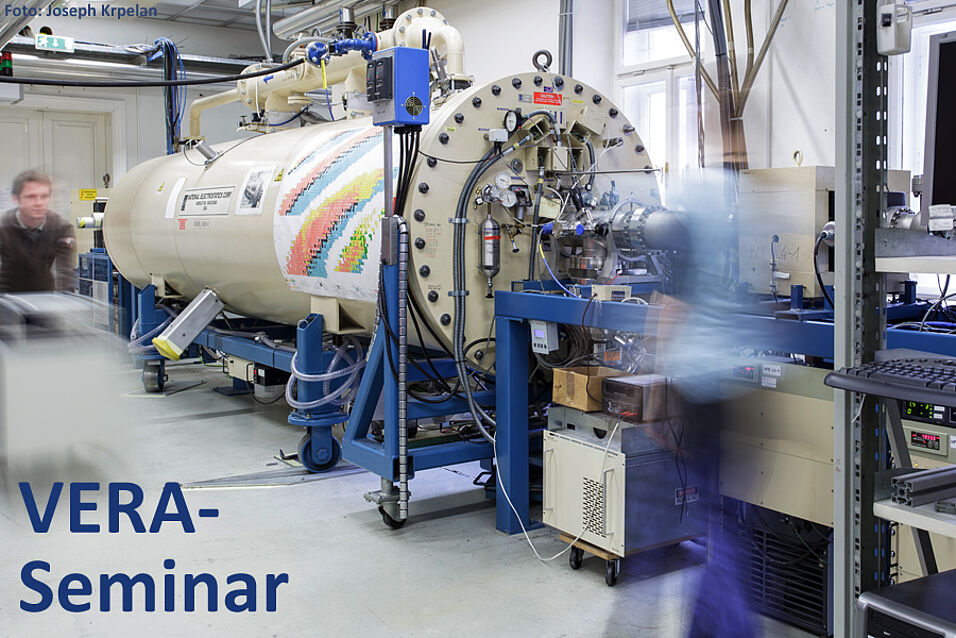Understanding the elemental and isotopic abundances in the universe is one of the main goals in nuclear astrophysics. Nuclear reaction cross sections in the keV-MeV energy range are key variables in astrophysical network calculations, trying to model these abundances. Proper tuning of these models depends on the availability of experimentally determined reaction cross sections.
Stellar particle energies can be simulated in accelerator based irradiation facilities. Accelerator mass spectrometry, an ultrasensitive technique for the determination of isotopic ratios, is the method of choice for measuring cross sections of reactions resulting in long-lived radionuclides. The high energies achievable with the Heavy Ion Accelerator (>200 MeV) at the Australian National University are ideal to tackle the challenging interferences from stable isobars also in the mass range up to 100 amu.
This presentation will focus on new studies of the reactions 92Zr(n,γ)93Zr and 52Cr(α,n)55Fe. The first reaction is relevant for the slow neutron capture process (s process) taking place in later burning phases of stars. The mass region around 90 amu is of particular interest as it is the matching point between two components of the s process, taking part in different stellar environments. The second reaction relates to explosive events in massive stars and the new cross-section data provides anchor points for model calculations especially for energies close to reaction thresholds.

